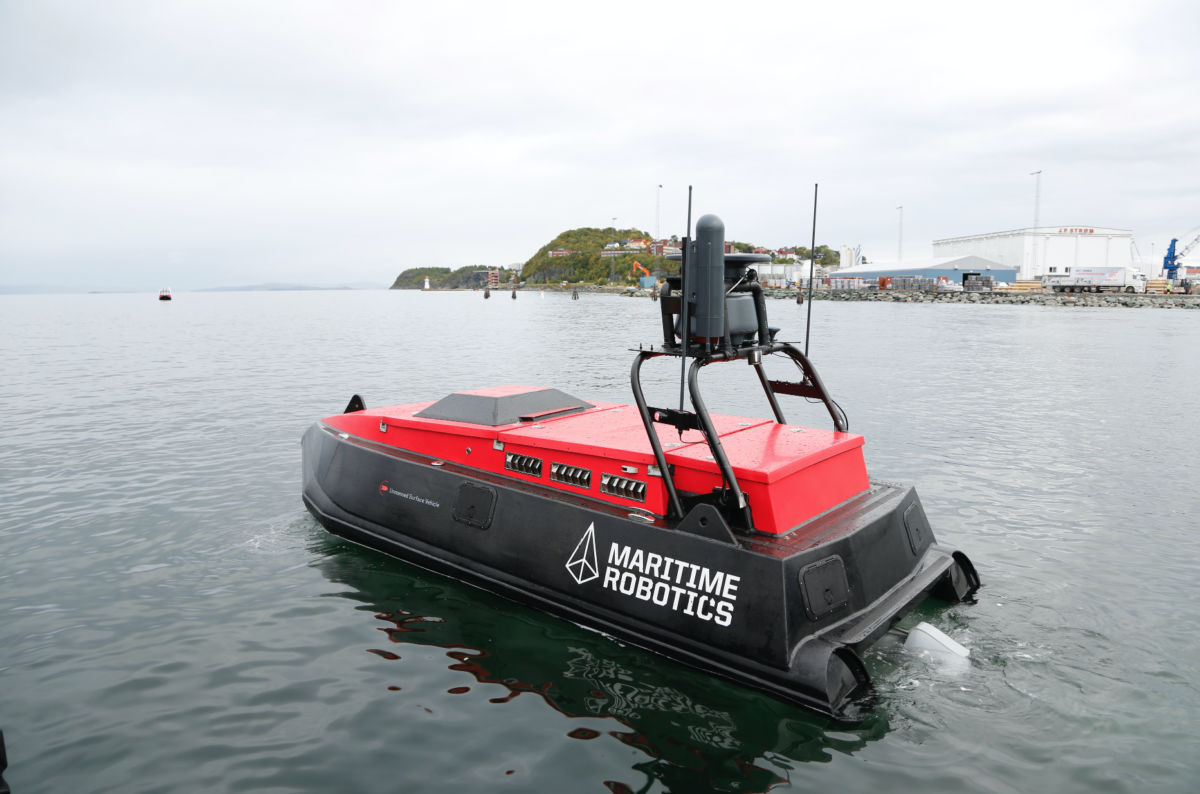
Automation presents a set of unique challenges to designers, insurers and operators of ships. In this article, reprinted from the Shipowners P&I Club website Keir Gravil, a naval architect at Frazer-Nash Consultancy in Bristol, UK discusses some of the key issues that could face automated ships of the future from a design perspective.
It is a truth recognised by many industries that the future of transportation lies with greater automation. Over the last 50 years we have seen huge changes not only in shipping, but in every form of transportation and vehicle. Aircraft now incorporate automation routinely on flights around the world, cars are being developed to drive themselves and many railways have been totally automated for some time. As each step in the evolution of transportation progresses, the human element of control is reduced or eliminated altogether. But what of shipping? Surely an industry the size and scope of international shipping faces unique challenges in the realm of automation?
The background
It is often the job of ship designers, especially those in the naval defence industry, to think ahead and anticipate future technological changes. One could argue that Continue reading “Autonomous vessels – the challenges and opportunities in design”










